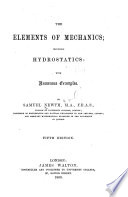 | Samuel Newth - Mechanics, Analytic - 1869 - 390 pages
...pressure on the circle is equal to . jf ,31. The sum of the moments of two converging forces about %v* -^ any point in their plane is equal to the moment of their resultant. iV' >^ Let P and Q be forces acting on the point O, and let R be the resultant, making the angles a... | |
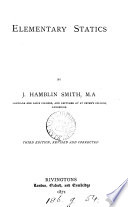 | James Hamblin Smith - Statics - 1871 - 148 pages
...of a watch revolve, or the contrary. 79. The algebraic sum of the moments of two parallel f '>rces about any point in their plane is equal to the moment of their resultant about that point. CASE I. When the forces act in the same direction. J> Let A, B be two points in the line... | |
 | Richard Wormell - 1871 - 270 pages
...when the forces do not meet, thus : — 47. The algebraical sum of the moments of two parallel forces about any point in their plane is equal to the moment of their resultant. Let F F' be like parallel forces, and R their resultant, (Pig. 28) ; then we have seen that if EB be... | |
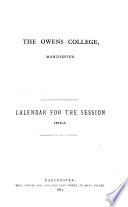 | Manchester univ - 1872 - 380 pages
...the various conditions necessary to equilibrium. 2. Shew that the moment of any two forces about a point in their plane is equal to the moment of their resultant about the same point. 4. Enunciate and demonstrate the theorem of Guldinus, which teaches us how to find the centre of gravity... | |
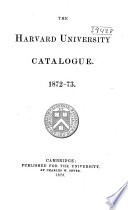 | Harvard University - 1873 - 732 pages
...in partial compensation for deficiencies.) 1. Prove that if any number of forces act on a point and in one plane, the algebraic sum of their moments about any point in that plane is equal to the moment of their resultant about the same point. About what points does the... | |
 | George Wightwick - 1875 - 394 pages
...direction. The same truth may be stated thus:—The algebraical sum of the moments of two forces round any point in their plane is equal to the moment of their resultant. PARALLEL FORCES. 7. THE PRINCIPLE OF THE LEVER.—This principle rests upon the preceding, and is one... | |
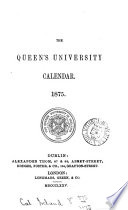 | alexander thom - 1875 - 758 pages
...place ? Professor EVERETT, DCL 11. Prove that the algebraic sum of the moments of two forces about a point in their plane is equal to the moment of their resultant. 12. A uniform cube has a spherical hollow excavated in it, of diameter equal to half the edge of the... | |
 | Richard Wormell - Dynamics - 1876 - 282 pages
...Proposition XII. — The algebraical sum of the moments of two parallel forces acting on a rigid body about any point in their plane is equal to the moment of their resultant. Let Pand Q be parallel forces acting on a rigid body, and E their resultant. Let O be any point, and... | |
 | James Thomson Bottomley - Mechanics - 1877 - 152 pages
...resultant, is equal to zero. 2. The algebraic sum of the moments of any number of forces in one plane, about any point in their plane, is equal to the moment of their resultant about the same point. 3. The algebraic sum of the moments of any number of forces in one plane, and in equilibrium, about... | |
 | George Minchin Minchin - 1877 - 470 pages
...through B. 69. Varignon's Theorem of Moments.—The sum of the ' moments of two forces with respect to any point in their plane is •equal to the moment of their resultant with respect to the point. Let AP and AQ (fig. 91) represent two forces whose resultant is AR, and... | |
| |